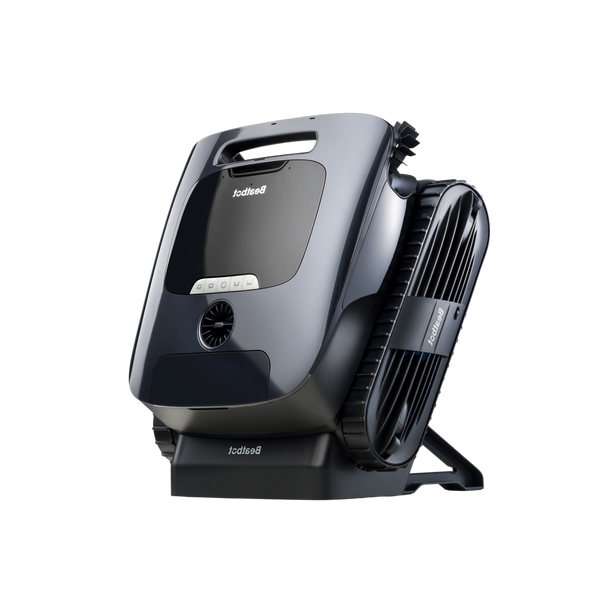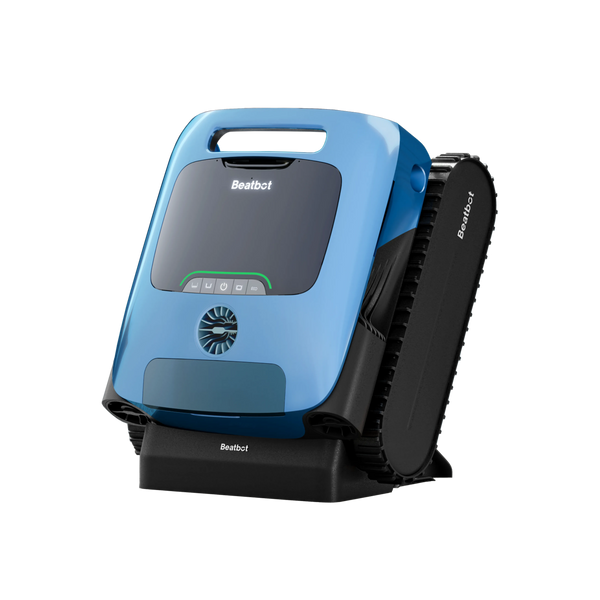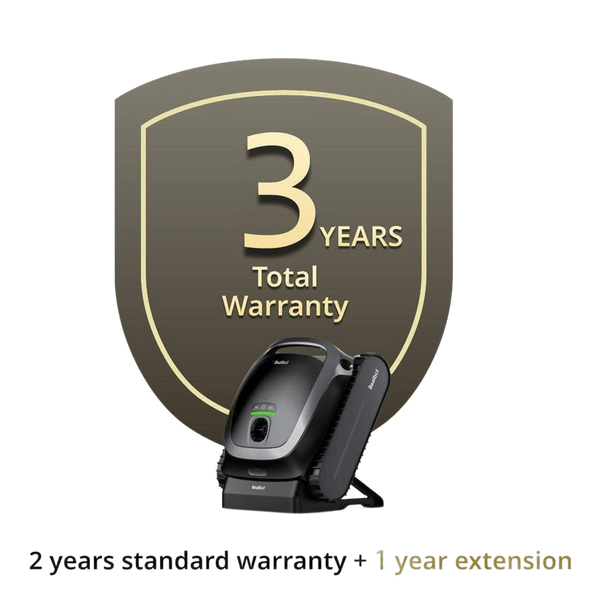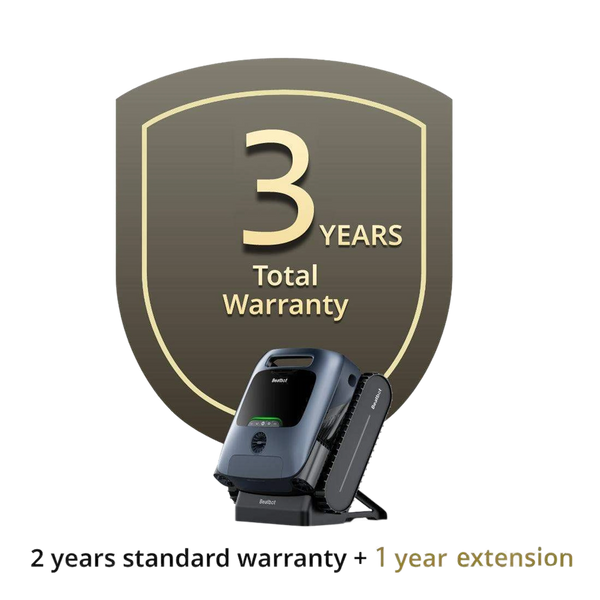What you need to know about pool lighting
Illuminating your pool on a summer night can be utterly magical! Pool lighting turns the swimming area into a visually spectacular and welcoming nocturnal paradise. Whether you aim to create a peaceful ambiance, enhance safety, or bring a dash of glamour to pool parties, choosing the right lighting is essential. Here's everything you need to know about pool lighting to ensure a safe and illuminated swimming experience after dusk.
Types of Pool Lights
LED Lights
These are the most popular due to their long lifespan, energy efficiency, and variety of color options. LED lights can change colors and create light shows for different moods or events.
Fiber Optic Lights
Known for their versatility, fiber optic lights are perfect for creating starry night effects around the pool or even under the water. They are usually installed on the pool sides or as part of water features.
Halogen and Incandescent Lights
These are the traditional types of pool lights. While they are often less expensive upfront, they use more energy and have a shorter lifespan than LEDs.
Installation Considerations
Safety First
Ensure all lighting is designed for pool use and properly sealed against water. A qualified electrician should always install it to meet local electrical safety standards.
Placement
Strategic placement of lights can enhance the pool's design features and improve safety. Underwater lighting should be evenly distributed to avoid dark spots and enhance visibility.
Zoning
Consider different zones for lighting, such as underwater, landscape, and deck lighting. Each area can be controlled separately to adjust the ambiance and functionality.
Lighting Techniques
Underwater Lighting
This is the most common approach to pool lighting. It illuminates the water from within, making the pool usable at night and enhancing its aesthetic appeal.
Accent Lighting
Use accent lights to highlight architectural features, plants, or even waterfalls around the pool. This method enhances the depth and character of the pool area.
Path and Area Lighting
Ensure the paths around your pool are well-lit to prevent accidents. Soft lights can provide enough visibility without overwhelming the area.
Safety And Maintenance Tips for Pool Lighting
Hire Professionals for Installation
Electrical installations, especially around water, pose significant safety risks. Always use qualified professionals to install pool lights and ensure they comply with all safety standards and regulations.
Regular Inspections
Consistently examine your pool lights and electrical installations for indications of deterioration, damage, or moisture penetration. Early detection of problems can prevent electrical hazards.
Use Pool-Rated Lights Only
Only use lighting fixtures and bulbs that are rated for pool use. These lights are designed to be waterproof and safe for use in a chlorinated environment.
Maintain Proper Sealing
Ensure that all light fixtures are properly sealed to prevent water from entering. A compromised seal can lead to electrical shorts and pose a risk of electrocution.
Follow Manufacturer's Instructions
Always adhere to the manufacturer's guidelines for using, maintaining, compatibility, and replacing pool lights. This ensures that the lighting functions safely and efficiently in your pool environment.
Keep Water and Electricity Apart
Be cautious with electrical devices around the pool. Ensure that any extension cords, lights, or other electrical equipment are kept safe from the water.
Ground Fault Circuit Interrupter (GFCI) Protection
Ensure that all pool lighting circuits are equipped with GFCI protection. This safety device can prevent electrocution by shutting off the electrical circuit if water is detected.
Educate Your Family and Guests
Ensure everyone in your household and guests knows the basic safety rules regarding pool lighting and electricity. Awareness can prevent accidents.
Trends and Innovations
Smart Pool Lighting
With technological advancements, many pool lighting systems can now be controlled via smartphone apps. These systems offer features like color changing, dimming, and scheduling, all from your phone.
Energy Efficiency
More pool owners are choosing systems that reduce environmental impact. Solar-powered pool lights are becoming popular for their sustainability and cost-effectiveness.
FAQs on Pool Lighting
How often should pool lights be replaced?
The lifespan of pool lights varies depending on the type. LED lights can last up to 30,000 to 50,000 hours, while halogen and incandescent bulbs may need replacing every 1,000 to 2,000 hours.
It's advisable to inspect your pool lights annually for signs of wear and replace them as needed.
Can pool lights be changed underwater?
Many modern pool lights are designed to be changed from above the waterline, and it's generally not recommended to alter lights underwater due to safety risks. Always follow the manufacturer's instructions and consider hiring a professional for light replacements.
Are LED pool lights worth the extra cost?
LED pool lights are generally more expensive upfront but benefit a lot in terms of energy efficiency, lifespan, and lower maintenance costs.
They also provide a range of colors and lighting effects, making them a worthwhile investment for many pool owners.
How many lights do I need for my pool?
The number of lights needed depends on the size of your pool and the desired lighting effect.
As a basic guideline, aim to place one light per 200 to 400 square feet of pool surface area. Consulting with a lighting expert can help determine the optimal number and placement of lights for your pool.
Can pool lights be added after the pool is built?
A5: Yes, pool lights can be added after construction, but the process can be complex and costly, depending on the pool's design and structure.
It often involves running new electrical lines and making structural modifications to accommodate the lights.
How can I reduce the energy consumption of my pool lights?
Switching to LED lights can significantly reduce energy consumption compared to halogen or incandescent bulbs.
Also, using timers or smart lighting systems to control when and how long the lights are on can help save energy.
Beatbot AquaSense Pro
Are pool robots safe with underwater lights?
Generally speaking, smart pool cleaning robots are safe to operate in pools with underwater lights. These devices are typically equipped with sensors and mechanisms that prevent them from damaging the lights during cleaning operations. However, a high-end pool robotic cleaner, especially a cordless one like Beatbot AquaSense 2 Pro , ensures more efficient cleaning without interacting negatively with the pool's infrastructure, including underwater lights. Anyway, to ensure compatibility and safety, it's always a good idea to refer to the manufacturer's guidelines for both your pool lighting and the robotic cleaner.
Related posts
Relative Blogs
About the author


























